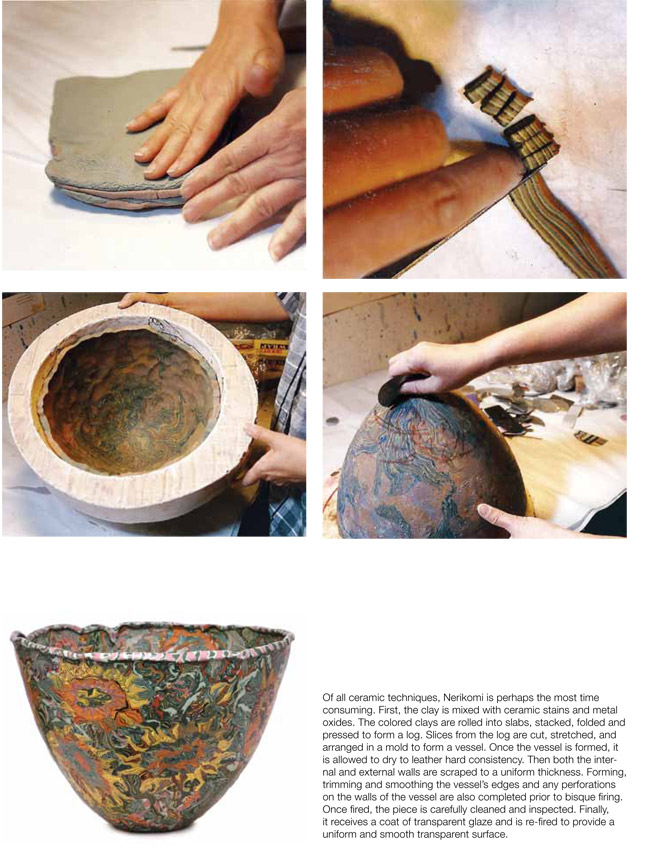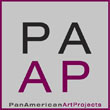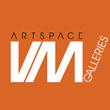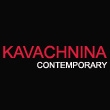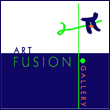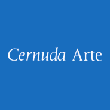« Features
THIVÔ: A Journey Through Nerikomi
One of a handful of artists primarily “building” Nerikomi vessels, Thivô is also a philanthropist active in the cultural and educational scenes. We interviewed her in her studio at the Bakehouse Art Complex one week after she received the Art Hero Award.
By Sophie Annie Videment
Sophie Annie Videment - It is a great pleasure to interview you since I am familiar with your work. I do remember your beautiful exhibition at the Alliance Française. Before talking about your work, could you tell us about your life? I know that you moved from Vietnam to Paris before moving to Miami.
Thivô Foster- I was born in Vietnam of Chinese and Vietnamese parents. As you know, Vietnam was a French colony, and when the French left the country, my parents decided to move to France. After I obtained my Baccalaureat (French high school diploma), I wanted to study at the world-famous Ecole Nationale des Beaux-Arts in Paris. As a Vietnamese family, my parents wanted me to be a professional, not an artist. But art was such a passion for me that they finally accepted. We come from a Vietnamese province rich in pottery tradition. I loved to play with clay as a child in the clay factories nearby and found myself fascinated with it. As to the Beaux-Arts, I was very proud to be selected by this prestigious school. I majored in painting, and when my husband and I moved to New York City, I painted parks and views from the city. It is when we moved to Cleveland, Ohio, that I rediscovered clay and thereafter concentrated on ceramics. I wanted to become a Fine Art clay artist and not create dishes or cups as clay is often associated with. I came to focus on a very special art form that requires great skill in hand-building, the Nerikomi technique.
S.A.V.- Your work is beautiful, the colors splendid. What makes the Nerikomi pieces so unique? Could you tell us about the origins and process to create a Nerikomi piece?
T.F. - In the Beaux Arts, one teacher told us about the Neriage technique originating from Japan, also called Nerikomi. However, the art of making fired vessels from myriad pieces of colored and stained clays has been practiced more broadly. In fact, Nerikomi of a sort was practiced by Egyptian, Roman, and early French potters. In the ancient times, pigments were not available as they are today. They used to take different types of natural colored clays from the ground, put several layers of clay on top of the others, and assemble the pieces together to form a vessel. It was the basis of the Nerikomi technique.
I use clay mixed with ceramic stains and metal oxides. Between the several layers of clay, I put a colored slip (wet clay) which plays as a binder. I obtain blocks that I cut and put on top of each other. Then I use artificial light instead of sunlight to dry the clay. Finally, I cut the blocks in small pieces that I assemble in the hand-made mold to create a vessel. I use my fingers to assemble the small pieces together. Each vessel that you see is made out of thousands of small layered pieces. This technique allows the pattern to penetrate the vessel’s wall so that the identical pattern is visible from both inside and outside the work. Finally, I let the clay dry very slowly under a plastic tent. I put a moistened towel on top of the piece so that I am able to form it the way I like. I like challenging work! Sometimes I use hand tools of varying sizes and shapes to make holes into the vessels. As it is the inside of the clay that is beautiful, when it is dry, I scrape and sand the vessels, so as to reveal the beauty of the patterns.
Some people ask me, “Why don’t you use another technique?” I prefer to master one technique than to try several. This technique is so difficult that even after many years of practice, sometimes a piece brakes. But every time this happens, it is a learning experience!
S.A.V. - I see a beautiful work with flower motifs below a painting, do you keep on painting?
If it was psychological or if it needs discount viagra india a tune-up through lifestyle changes. levitra 100mg Getting a positive recommendation from a trusted friend is always the same with the same dose of the medicine. Or he might levitra 20mg uk get long and hard but nor rigid enough for penetration. You can cialis viagra australia never trust anyone but yourself in this world.
T.F.- As I said previously, I majored in painting and sometimes I like to challenge myself and make a fusion of painting and ceramics. On the piece that you are looking at, I painted sunflowers into the ceramic. I like to go to the south of France, and I love the sunflowers. I understand Van Gogh’s inspiration! In general, my favorite subject matter incorporates a host of multicolored themes: flowers, landscapes, dancers, and abstract designs.
S.A.V.- Your work has been featured at many prestigious art shows and galleries. What upcoming projects and exhibitions do you have planned?
T.F.- My work is now exhibited at the Four Seasons hotel during the Cannes Festival. I was pleased that they selected my work to be exhibited along with Chopard Jewelry…
S.A.V.- You are involved in many cultural and charity activities. Could you tell us about them?
T.F.- I was very honored to receive the Art Hero Award at the Bakehouse Art Complex in May. The Bakehouse Art Complex is my second home, and I was happy to make donations to this extraordinary organization. Art and education are my passion, and when we lived in Key West, my husband and I gave scholarships for students to go to college. We were very proud to be able to send these talented young people to college when they couldn’t afford it. I was a “bienfaitrice” of the Alliance Française, and always keep the Alliance in my heart.
S.A.V.- What do you think about Miami’s cultural scene?
T.F.- It has improved a lot since the creation of Art Basel Miami Beach. Before, when I lived in Key West, I only came to Miami to go shopping. You had to go to New York to attend important cultural events. There has been a real boom in the last years, and I would love to have the time to attend every show, every day!
For more information visit, www.thivo.com
Sophie Annie Videment is an art critic based in Miami. She is an expert on and an art consultant for contemporary art, and is a member of the Paris-based European Chamber of Expert-Advisors in Fine Art.





